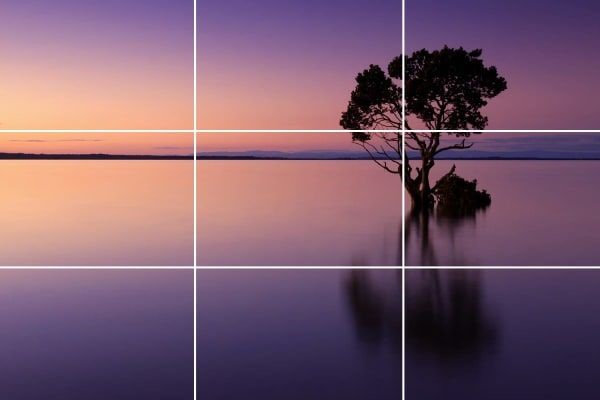Unquantifiable and Unmeasurable Quality in Photography
By Andreas J. Pratama
The demand for quality education today is ever increasing. This demand for quality also asks for everything to be measurable. Internally in universities and courses, the marking process of photography requires the educator to create the so-called “rubric of assessment” this particular measurement for score demands a “foreseeable” quality to be laid down and bare right before the students’ photographs are shown. There is one problem to this, it is not doable to put down barriers of quality, lest the creativity be hindered. So, then creativity should be immeasurable? The question begs.
| No | Criteria | <64 | 65-74 | 75-84 | 85-94 | 95-100 |
| 1. | The Final outcome supports or illustrate the visual language used for the product (20%) |
No report / no client brief / fail to get a client | Product brief is unclear or lacking any information | Product brief is understood only on its most basic level | Product brief is mainly executed according to client request with some misunderstanding | Product brief is well executed according to the client brief and included with photo and product samples |
| 2. | Trick and lighting techniques (60%) |
No submission | Utilized the most basic of equipment (passable level) | Utilized basic equipment available along with some props | Utilized basic equipment with good lighting techniques and props | Outstanding quality of photography, correct measurements, equipment and extra props used |
An Example of an assessment rubric in photography
To the unknowing, design and photography are abstractly and wildly immeasurable. They claimed this is due to the problem of “taste”. By claiming scoring by taste is to distrust the educator and betrays the effort that the students have taken to creating a project. Taste is non standardized I can agree with that; a person with a penchant for sultry sexual content will find pictures of female models in boudoir costumes would be up his alley and taste. A foody fetishist would be satiated by up close photograph or even macro photography of crispy fried chicken and pancakes. However, these “tastes” have very little with rules in photography. By showing pictures of popular products do not mean that the photographs will warrant favors by the masses, the same can be said of its quality, photographing popular food or famous places will not guarantee quality of photographs. All for nothing without these rules.
So, photography has rules, that means this is measurable! Which means that the rubric of assessment is absolutely doable! Yes and No at the same time. I will now introduce to you the simplest form of photographic composition rules, “the rule of thirds”. The rule of thirds simply dictates that the entire screen is divided into 9 equal space.

The spaces that the objects and scenery occupy will of course lay across the entire framing. This rule dictates that anything that stars within the framing should be put on the intersection of lines (in this case the tree rising from the submerged land). I can of course change the tree into anything I like in similar framing, a woman, a boy, a dog, or a lifeless object. By mentioning the array of subjects alone I can already spread the immeasurable nominations and the possible meaning and interpretation the framing can have.
It is here I can start to divide:
- Whether the usage of rule of thirds measurable: absolutely, I can tell just by looking at the picture
- Whether the usage of rule of thirds dictates photo quality: not always, as a photographer I have undergone a period in my photographic journey where endless repetitions of formula (the rule of thirds) gave me no joy in taking pictures. I was bored. My photography becomes stagnant and bland being dictated by formula
- Whether assessing a photography by checking the rule of thirds ensures a good emotional value: absolutely NOT. Like art and design photography requires emotional response. Emotional responses are NOT measurable. Emotional responses are governed by colors, facial expressions, mood. All of which are never finite when put in rubric. When forced to be put in quantifiable nature, the rubric will both lie to itself for trying to quantify the immeasurable and it will betray its function as a rigid quantifying mechanism.
On the rubric above when it comes to lighting quality, I can only put down “correct measurements” but in photography there is no such thing as correct. A surreal photographer for example would put darker tones on their photography to convey their gothic fascination, a lively photographer favoring brightly lit and vivid colors would crank up the color vibrancy for the favor of caressing psychological mania. Should I then create up to hundreds of tabs just to lay down each steps of color? Each shade of blacks and greys in order to measure its emotive quality? No. This part remains immeasurable. What can be done is to introduce to the over-rational minds how to get in touch with their imaginations and being aware of the emotional stimuli felt long suppressed by the needs to remain grounded in rational reality.


Comments :